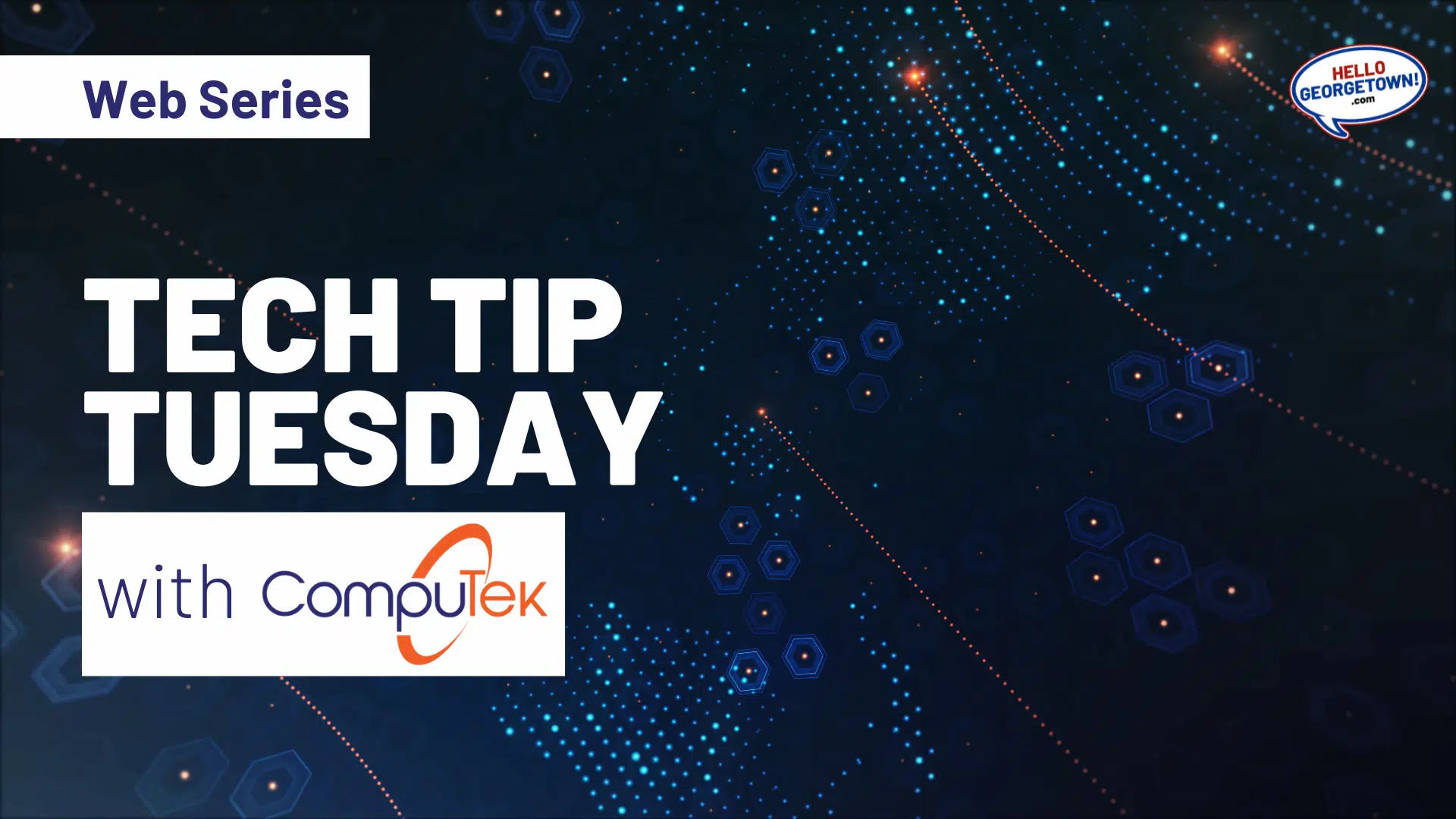Whether your eyesight is excellent or requires the assistance of glasses, chances are you have experienced eye strain at least once in your life.
The main symptoms of eye strain are itchy, sore, or burning eyes. Other symptoms include headaches, fatigue, dry eyes, watery eyes, blurred vision, double vision, and soreness in the neck, shoulders, or back.
Eye strain came come from driving for a long period of time, intense focusing, or reading without taking a break occasionally. Most of the time, these activities won’t be the main cause of eye strain. As the digital age advances, symptoms of eye strain rapidly increase. That’s right, it’s screen time.
Eye Strain in the Digital Age
Screen time can be anything from browsing social media on your phone, working in front of a computer, or watching your favorite shows. The average person spends about 7 hours staring at a screen per day. With such a significant amount of time spent, it’s no wonder eye strain is so common.
But what is it about screens that cause eye strain? Eye strain caused by screen use and eye strain caused by reading or driving share one common denominator. Blinking. When the eyes are heavily focused blinking reduces from 15-20 blinks per minute down to as little as 1 blink per minute. With such a drastic reduction in blinking, it’s no wonder our eyes become strained!
The 20-20-20 Rule
So, what can we do to prevent eye strain when many of us rely on technology to work, learn, and enjoy leisure? Try the 20-20-20 rule. Every 20 minutes take a break from your screen and stare at an object 20 feet away for 20 seconds. This gives your eyes a chance to refocus, relax, and blink normally for a while.
If you aren’t sure how to tell if an object is 20 feet away, don’t worry. It doesn’t have to be precisely 20 feet, just choose something that’s a good distance away. Choosing something outside a window like a sign or a lamppost is a good place to start.
Simple Changes Can Make All the Difference
Learning tips like this one can help us include more balance in our lives as technology becomes more predominant in the workforce, entertainment industry, and as an educational tool. Incorporating a simple change like the 20-20-20 rule may seem insignificant, but it can make all the difference when it comes to eye health and technology.
That’s all for this week! We’ll see you next time for another Tech Tip Tuesday!




 Business Directory
Business Directory Add Your Business
Add Your Business Job Board
Job Board Guides and Features
Guides and Features Tech Tip Tuesday with Computek
Tech Tip Tuesday with Computek Education Spotlight with Huntington Learning Center
Education Spotlight with Huntington Learning Center A+ Roofing Tips from APEX Roofing
A+ Roofing Tips from APEX Roofing Restaurants in Georgetown, TX
Restaurants in Georgetown, TX Dog Friendly Establishments in Georgetown, TX
Dog Friendly Establishments in Georgetown, TX Adopt a Pet in Georgetown, Texas
Adopt a Pet in Georgetown, Texas Holiday Guides
Holiday Guides Festival and Events in Georgetown, TX
Festival and Events in Georgetown, TX Downtown Georgetown Guide
Downtown Georgetown Guide Local Assistance
Local Assistance Churches in Georgetown, TX
Churches in Georgetown, TX Summer Camps in Georgetown, TX
Summer Camps in Georgetown, TX Swimming in Georgetown, TX
Swimming in Georgetown, TX Coming Soon
Coming Soon Events
Events Add Your Event
Add Your Event Live Music in Georgetown
Live Music in Georgetown Southwestern University Athletics
Southwestern University Athletics Newsletter
Newsletter Newsletter Archive
Newsletter Archive Subscribe
Subscribe Submit Your Photo
Submit Your Photo 2024 Georgetown's Best Awards
2024 Georgetown's Best Awards








Comments